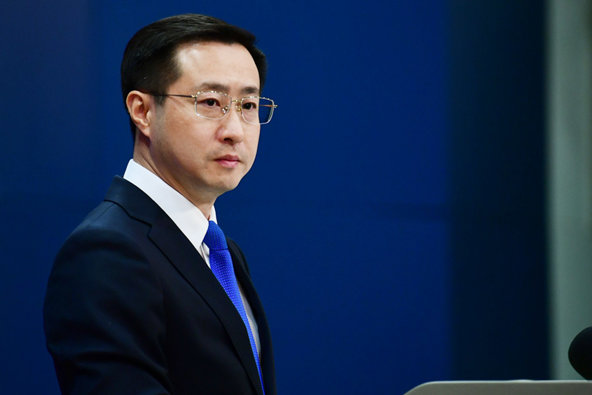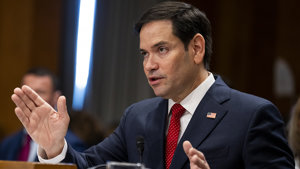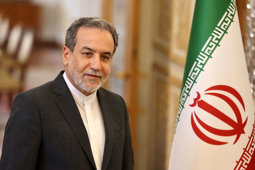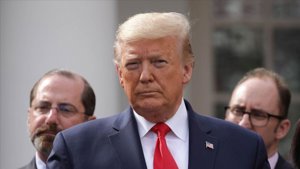
China Slams U.S. Tariffs, Trump Warns of 50% Hike
Tensions between the United States and China intensified on Monday as both sides exchanged sharp rhetoric over escalating trade measures. Chinese Foreign Ministry spokesperson Lin Jian condemned Washington’s latest tariff moves, accusing the U.S. of seeking global dominance under the guise of reciprocal trade.
“This is unilateralism, protectionism, and economic bullying,” Lin said, arguing that the United States is using tariffs to serve its own interests at the expense of global economic fairness. He emphasized that the American approach violates the principles of the World Trade Organization (WTO), undermines multilateralism, and harms developing nations, particularly those in the Global South.
Lin called for international resistance to protectionism, urging countries to stand together to uphold the frameworks of the United Nations and WTO. He warned that the current trajectory could deepen global inequality and destabilize trade systems, stressing the need for shared and inclusive global development.
In a direct response, U.S. President Donald Trump issued a new threat on his Truth Social account, warning China of a significant increase in tariffs. “If China does not withdraw its 34% increase above their already long-term trading abuses by tomorrow, April 8th, the United States will impose ADDITIONAL Tariffs on China of 50%, effective April 9th,” Trump wrote.
Trump has remained firm on his stance, reiterating that the United States will not enter into tariff negotiations with China until the $1 trillion trade deficit is fully addressed. The latest Chinese tariffs, which include a 34% increase on U.S. products, were issued in retaliation to prior U.S. duties and have drawn a strong response from Washington.
The escalating exchange between the two economic powers highlights a broader struggle over global trade leadership and fairness. As both sides stand their ground, international observers warn that the dispute could have far-reaching consequences for supply chains, markets, and geopolitical stability.






